How Do You Use Garlic For Chickens For Better Performance
The health benefits of garlic ( Allium sativum) for chicken and humans are mind-blowing. In fact, scientists have not been able to research all the health benefits locked up in garlic.
Needless to say, garlic has been extensively proven to contain antioxidant and antimicrobial effects and being an important culinary ingredient, garlic and its preparations are widely used for improving the flavor profile of continental dishes. Garlic has been proven to be one of the natural growth boosters for chickens
Also read: 6 smart tips to increase the bodyweight of your broiler chicken
Before we dive deep, what exactly is garlic?
A member of the onion ('Allium') family, garlic is classed as a vegetable although many people think of it as a herb. It consists of several small 'cloves' bunched together into a 'bulb' or 'head' and covered with a thin, paper-like coating. Originating in Asia, it's been around for centuries and has been used medicinally for human beings for almost as long. Here in Nigeria, garlic is mostly cultivated in the northern part of the country under irrigation during the dry season when the temperature is low.
Garlic is a plant in the onion family that’s grown for its distinctive taste and health benefits. It contains sulfur compounds, which are believed to bring some health benefits. Wait! If I may ask, does garlic do what people claim it can do? Let look at some quotes from popular sources "There are many miracles in the world to be celebrated and, for me, garlic is among the most deserving."* Professor Leo Buscaglia* "Each clove of garlic has a sacred power..."* Rev. Hilderic Friend, "Flowers and Flower Lore", 1891* "The soul of pesto maybe basil, but its heart is garlic"* Pittsburgh Press* Garlic should be eaten in moderation, less the blood of a man overheats. In truth, if garlic is forbidden, a man's health and proper strength vanish away; but if it is then mixed with food in due proportion, it will bring back his strength"* St. Hildegarde, 12th century* These quotes show that the benefits and potency of garlic cannot be over-stressed. However, in this post, we are going to look at the following below...
What this article covers
- Can chickens eat garlic?
- What are the health benefits of using garlic for chicken
- Heath benefits of garlic
- Does garlic kill worms in chicken?
- How much garlic should I give my chicken?
- How best to feed/use garlic for chicken
- how to prepare garlic for poultry
- benefits of garlic water, oil and powder
- Is garlic good for broilers? This post is going to be a long one, so, get yourself a drink and seat tightly as we sail off...
.Can chicken eat garlic?
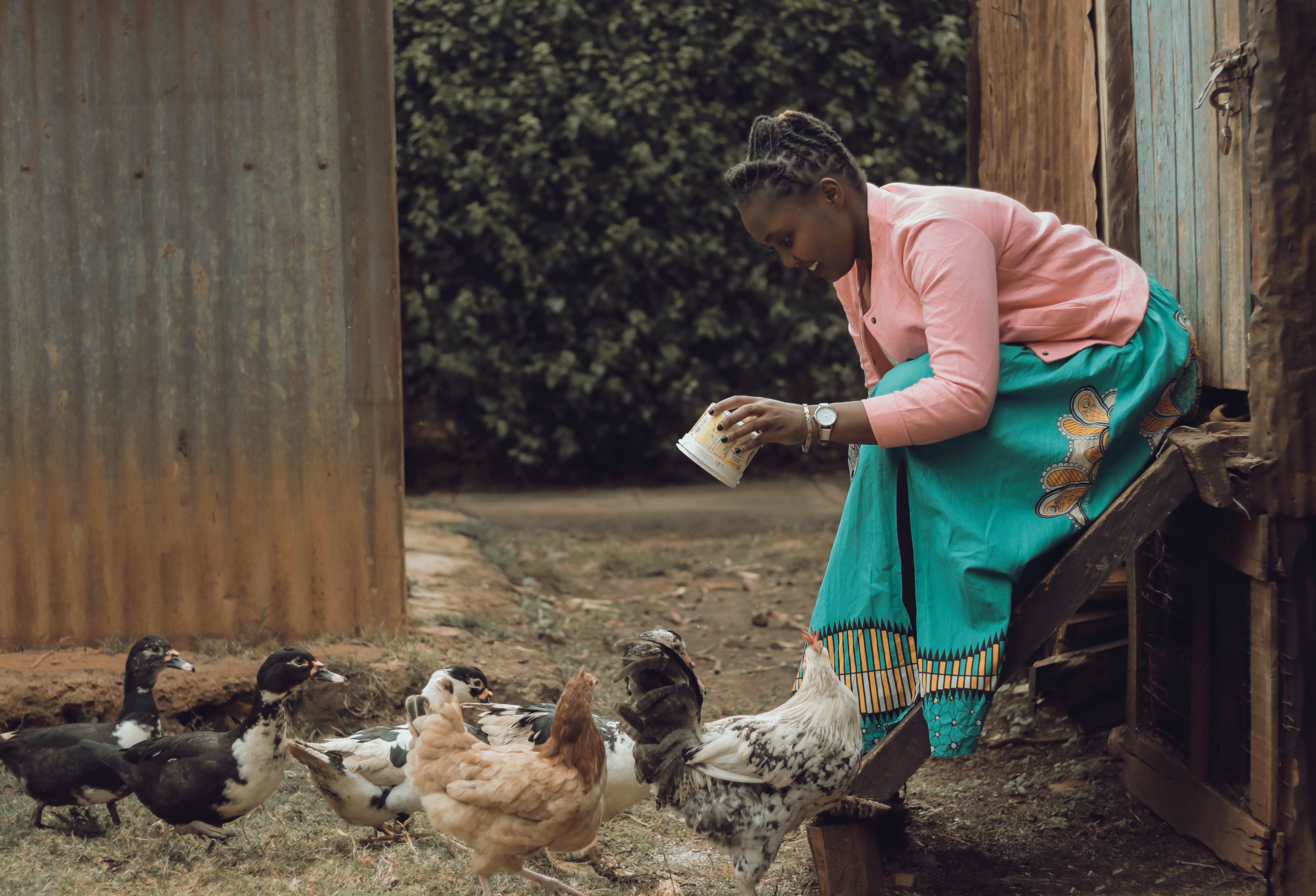
But there is always an exception…
With every other thing, as the saying goes, too much of everything is bad, and garlic is not an exception to this rule. Thus, any extra garlic given to your chicken should be based on evidence of research. Don’t be overwhelmed with the benefits of garlic to the extent it becomes a threat to your chickens. As always, moderation should be your watchword. Too much garlic will interfere with the balance of bacteria in the digestive system. the experiment in small quantities, add it gradually to their feed or water. Don't try to put an entire garlic bulb in your chickens' water if they've never had it before - they simply won't touch it. Also, try to chop the garlic into pieces to activate the sulfur active compound known as allicin
Also read: How to hatch chicks naturally at your backyard farm
Can baby chick eat garlic?

What are the true health benefits of garlic?
If you surf the net you will see many benefits of garlic including those that are not true, starting from enhancing sex performance to curing cancer. The same goes for chicken. What then are the exact health benefits of garlic to chicken? Here are some evidence-based benefits of using garlic for chicken.
1. A boost to the immune system
Generally, chickens are hard and have a natural way to ward off diseases, but they are stressed, their immune system can be compromised therefore giving way to some opportunistic diseases. To support your chickens during this time, you have to boost the immune system of your chickens by adding garlic to their food or water. The efficacy of garlic’s antimicrobial effects cannot be over-stressed. A stressed chicken may not eat or drink little, could have a watery or unusual poop, form ruffling feathers, having a droopy stance, staying alone, etc. Supporting and boosting the immune system with garlic will help the chicken to fortify itself and recover fully.
2.Protects against bacteria.
- Using garlic for chickens has been proven to be active against bacteria, plus Salmonellosis, Colibacillosis, and Cholera
3.As a Replacement for Synthetic Antibiotics
Due to garlic‘s antimicrobial effects, garlic has found favor in the hands of several researchers as a potential replacement for antibiotics use in poultry feed.
4.Re-balances the system.
Garlic has the ability to ward off bacterial causing illnesses while preserving the good ones. It can help a chicken recovering from illness to return to full health by targeting news
5.Helps hens' egg production.
- It's has been proven that garlic helps to produce larger, better quality eggs with a lower level of 'bad cholesterol.
6.Ward off a red mite
Allicin, the active compound in garlic has the ability to make chicken blood taste awful, thereby discouraging the habitation of red mite in chickens.
Also read: Tagiri Health Benefit To Chicken And How To Prepare It
Does garlic kill worms?

There is a lot of crusade on the internet about the effectiveness of garlic against worms. These claims have no scientific proof and such claims are miss leading. There is this experiment conducted on the efficacy of garlic against Ascaridia galli. In the experiment, 5 groups of 100 albino rats were used. Group 1 was not infested with A. galli. Group 2, 3, 4, and 5 were all infested with A. galli. Group 2 was not treated, groups 3 and 4 were treated with different doses of allicin, while group 5 was treated with flubendazole. At the end of the experiment, it was concluded that no significant differences were observed in worm counts of the allicin-treated groups (groups 3 and 4) compared with the infected, untreated group (group 2) at any week (P > 0.05). In contrast, no worms were found in chickens after flubendazole treatment (group 5). It was concluded that allicin does not represent an alternative to flubendazole for the treatment of A. galli infections in chickens. The only research work I came across that gave credence to garlic potency against worms (Ascaridia g.), concluded that different percentage of concentrated garlic was able to shorten the time of death of Ascaridia galli. So, if you see worms in your chickens’ poop, it is too late for garlic-you need a potent dewormer such as Ivermectin (Affiliate link) Having said that, adding garlic to the diet is known to make the environment less attractive to red mites and it may have a similar deterrent effect on worms.
How much garlic should I give my chicken?
Remember: "moderation" is the watchword. You'll see several suggestions around the Internet, but the way t is to seek the advice of experts and findings from real studies. This is how I came to this advice:
- In water: To a litre of water, add 1 fresh garlic glove, and to a gallon of water, add 4 cloves of fresh garlic.
- In oil: use half a fresh clove to 1 litre, or one to 4 pints.
- Always use fresh, raw garlic. Cooking reduces its benefits.
WHAT IS THE BEST WAY TO FEED GARLIC TO YOUR CHICKENS?
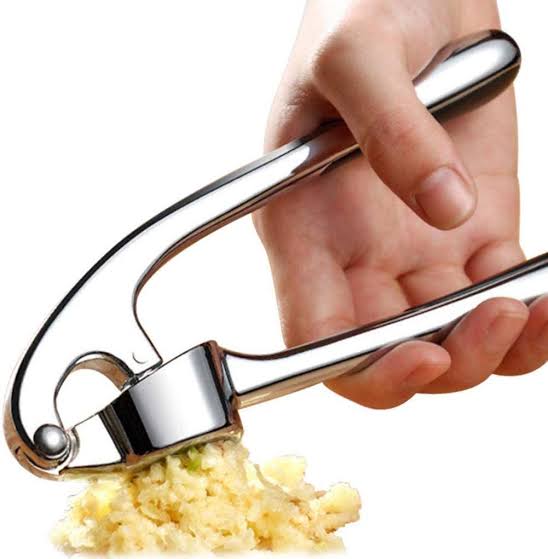
You get the best of garlic when you crush it. This is because crushing garlic will release allicin, the active ingredient in garlic. Allicin is known to be a potent anti-oxidant, which works on its own or with other compounds to fortify the immune system. In chickens, it's therefore effective against various bacteria and viruses. Note: However, the strongest benefits of crushed garlic seem to weaken after 24 hours. So if adding to food or drinking Water, be sure to refresh after, at most, 48 hours. You can save yourself a lot of stress associated with peeling, pounding, and crushing by using a garlic pressure crusher. (affiliate)
Benefits of raw garlic for chickens
- If you intend to give garlic to your chickens, don’t cook it. Heat reduces its potency and the level of allicin. Evidence is that raw garlic is best. 5)
- If your chicks are familiar with the taste of garlic, chop two cloves into tiny pieces. Feed-in a separate dish, and remove after 24 hours and repeat twice weekly.
- Moreover, if your chickens have not been raised with garlic, they will not peck at a whole, raw clove. In such a situation, chop into tiny pieces and sprinkle on their feed .
Are there benefits of garlic oil?
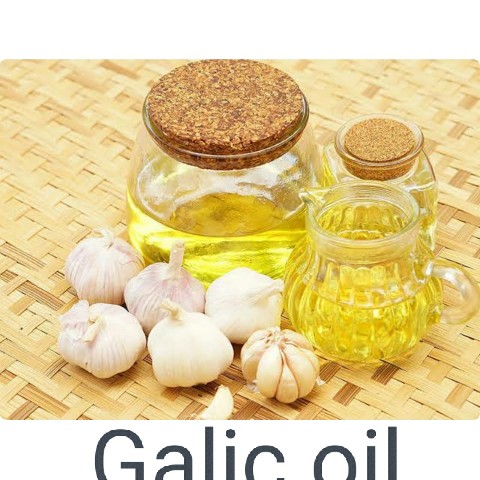
How to make garlic oil.
- Soak two or three cloves in one litre of oil for about six hours. Use on the same day, or refrigerate for up to one week.
- After a week, the oil must be either frozen or discarded.
- If you're at all concerned about the potential dangers of botulism, leave oil alone and just feed fresh garlic.
Also read: 8 Natural growth boosters/ promoters for broiler that actually worked
What does garlic water do for chickens?
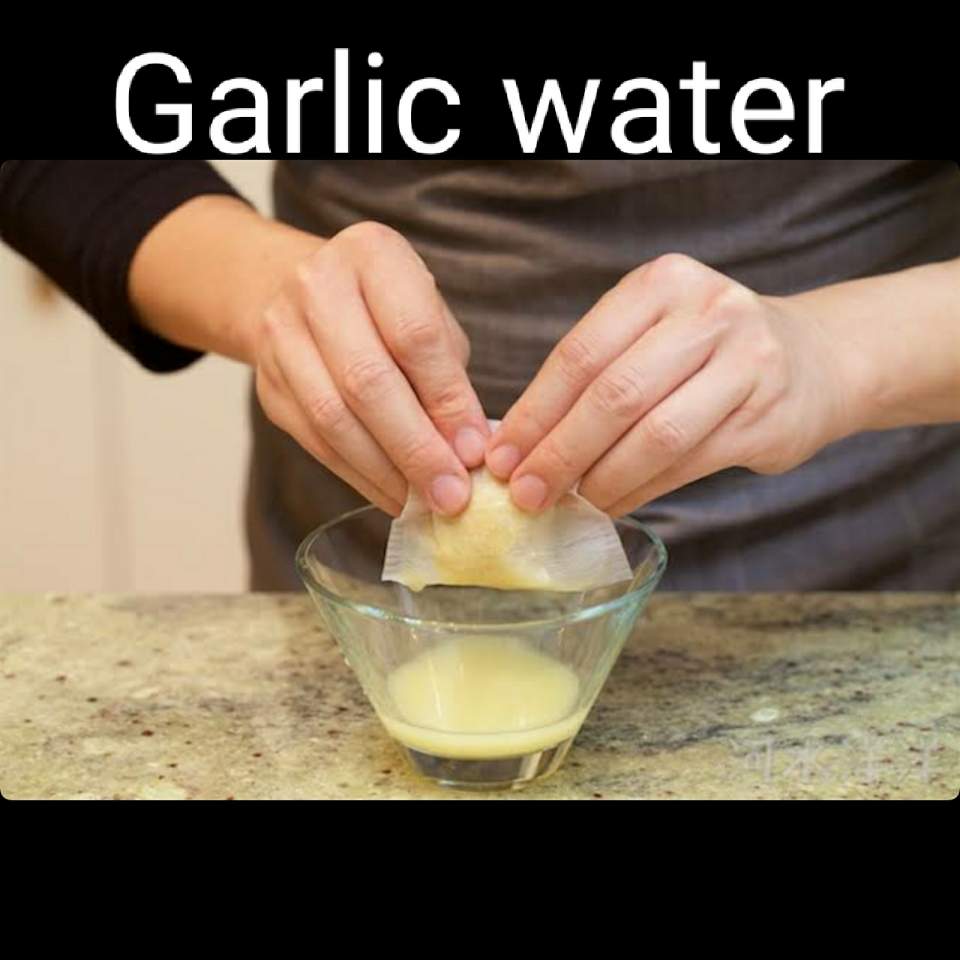
- For healthy birds, replenish the water after 48 hours, leaving out the garlic. Do this twice each week.
- For sick chicks or chickens or boost the immune system of weak chickens, continue with the garlic until symptoms have passed.
- If your flock refuses to drink, add less garlic and gradually build up the amount.
- Note, if your bird is seriously sick, you should contact a Vet (where possible) every time. Garlic cannot stand in for veterinarian treatment.
Is garlic powder as effective as fresh garlic?
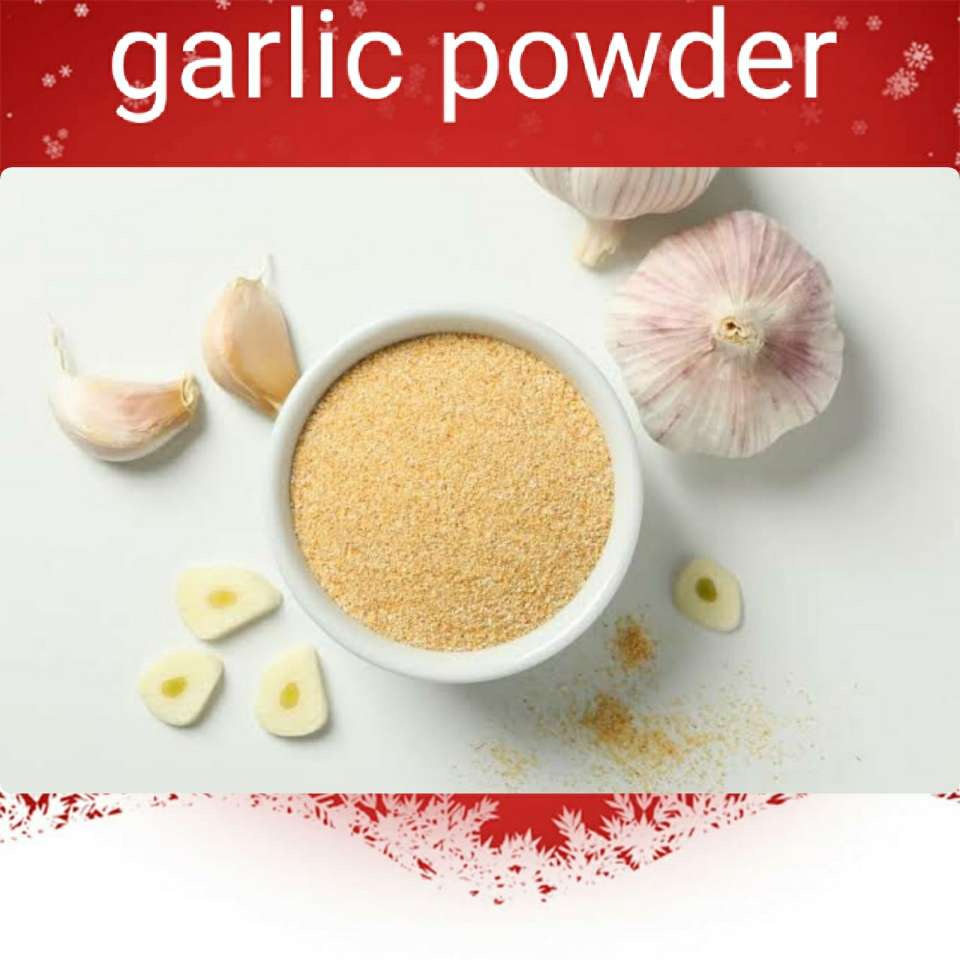
How do you prepare garlic for poultry?
As earlier mentioned before, garlic is commonly prepared in three forms, water solution, powder form, and oil form. I have earlier discussed how to prepare it in the water and oil form. Now, I am going to give you quick steps on how to prepare your powder garlic (GP)
- Slice your cloves into tiny little pieces and dry.
- You can dry them by baking, sun drying, or by using a dehydrator
- Store your dried garlic in a glass jar, and when you are ready to use it, simply grind it with a pestle and mortar. For usage, Sprinkle on feed twice a week, or add to water at the rate of 1% of the feed weight. I use around one teaspoon per kilo.
The importance of garlic and cholesterol.
There's hard evidence from scientific studies that, with an addition of just 1.0% of garlic to hens' feed:
- egg production increased
- the weight of eggs increased
- the amount of cholesterol in egg yolks decreased
- the quality of the white of the egg improved. In other studies, garlic powder and juice reduce serum/ yolk cholesterol concentration and may increase egg shelf life and lower bacterial count of E.coli challenged eggs.
Is garlic good for broilers?
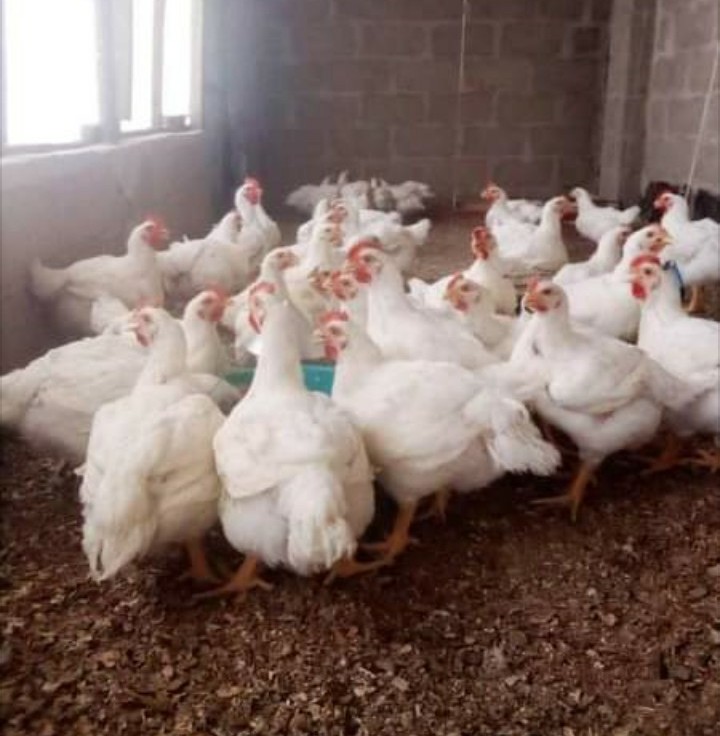
Please, comment and Share!
Reference
Patel, R.M. & Garg, Deendayal & Patel, V.R. & Vahora, Safimahmad & Raval, Ajay & Choubey, Mahipal. (2017). Effect of Dietary Supplementation of Garlic ( Allium sativum ) and Fenugreek ( Trigonella foenum-graecum L.) Seed Powder on Growth Performance, Carcass Characteristics and Economics of Feeding in Broilers. Journal of Animal Research. 7. 313. 10.5958/2277-940X.2017.00045.6. Navidshad, B., Darabighane, B., Malecky, M. (2018). Garlic: An Alternative to Antibiotics in Poultry Production, A Review. Iranian Journal of Applied Animal Science, 8(1), 9-17. Kh.I. Sallam, M. Ishioroshi, K. Samejima, 2004,: Antioxidant and antimicrobial effects of garlic in chicken sausage, LWT - Food Science and Technology,Volume 37, Issue 8,Pages 849-855,ISSN 0023-6438, F.C. Velkers, K. Dieho, F.W.M. Pecher, J.C.M. Vernooij, J.H.H. van Eck, W.J.M. Landman,2011: Efficacy of allicin from garlic against Ascaridia galli infection in chickens, Poultry Science, Volume 90, Issue 2, Pages 364-368,ISSN 0032-5791, Mahmoud, K. Z., Gharaibeh, S. M., Zakaria, H. A., & Qatramiz, A. M. (2010). Garlic (Allium sativum) Supplementation: Influence on Egg Production, Quality, and Yolk Cholesterol Level in Layer Hens. Asian-Australasian Journal of Animal Sciences, 23(11), 1503–1509. https://doi.org/10.5713/ajas.2010.10124